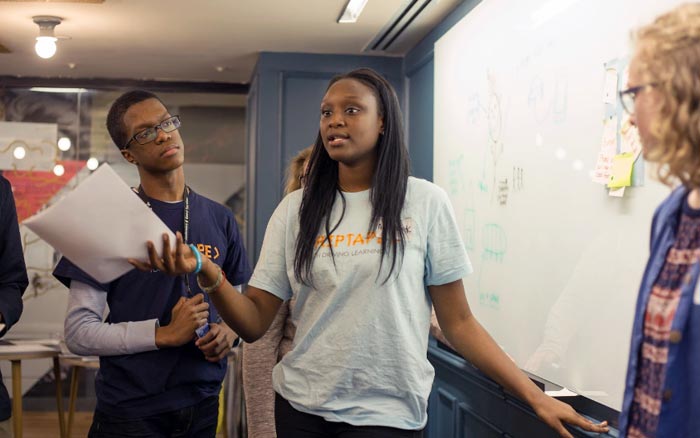
For many learners, school has not just been the context where they learn essential knowledge and skills but also the one where they learn to be compliant. In these contexts, learners are expected to passively absorb what they are taught by adults and are pushed to comply with rules and routines developed for them through extrinsic rewards and punitive consequences. This has unfairly impacted some students more than others, often based on who they are and where they are from. But if all learners are going to be prepared to thrive in and transform the world, this can no longer be the case. Learners must become active drivers of the learning process.
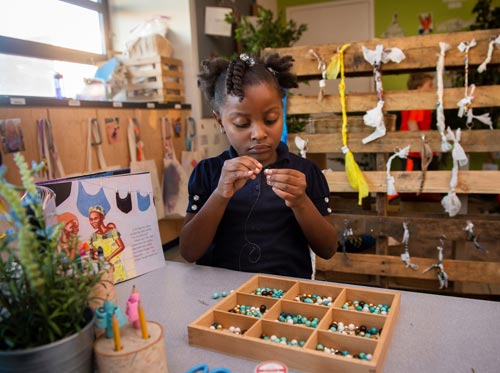
When students direct their own learning, it drives motivation and deepens learning. This is because they have a sense of control and are able to shape learning to be relevant to their interests, needs, and goals. In addition, active learning helps to more meaningfully encode knowledge, skills, and mindsets into long-term memory, which makes learning more long-lasting. Ensuring young people are active participants in the learning process also prepares them for postsecondary success, whether this means college or immediate entry into a fulfilling career. In fact, if current trends—like the rise of automation and the rate of scientific advancement—persist, our learners will need a different set of skills that enable them to be self-driven, autonomous, lifelong learners who are able to make decisions that fit their unique needs and goals.
This Leap Means…
- Learners participating in decisions about how, when, where, or even what to learn in developmentally appropriate ways.
- Learners discovering knowledge and applying skills through hands-on and self-directed work.
- Learners engaging in open learning time where they can explore curiosities, tinker, ask questions, discuss, set meaningful goals, get into a flow state, and more.
- Learners building knowledge, skills, and mindsets that underpin self-direction such as self-awareness, self-regulation, goal setting, planning, and reflection.
The brain develops according to how it’s used…by encouraging our kids…to make their own decisions, we are giving them invaluable experience in assessing their own needs honestly, paying attention to their feelings and motivations, weighing pros and cons, and trying to make the best possible decision for themselves.”
William Stixrud, PhD & Ned Johnson
Examples
EL Education (Grades K-12)
EL Education’s comprehensive school model builds student capacity for three Dimensions of high achievement—character, mastery of skills and content, and high-quality student work—through the application of Core Practices centered on real-world learning and teamwork.
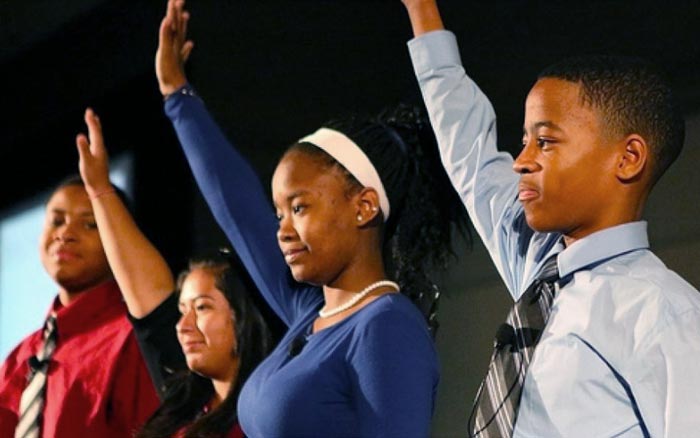
PODs from Intrinsic Schools (Grades 7-12)
PODs flex time, space, and people to provide opportunities for deeper and broader learning that is more personalized to achieve stronger and more equitable outcomes.
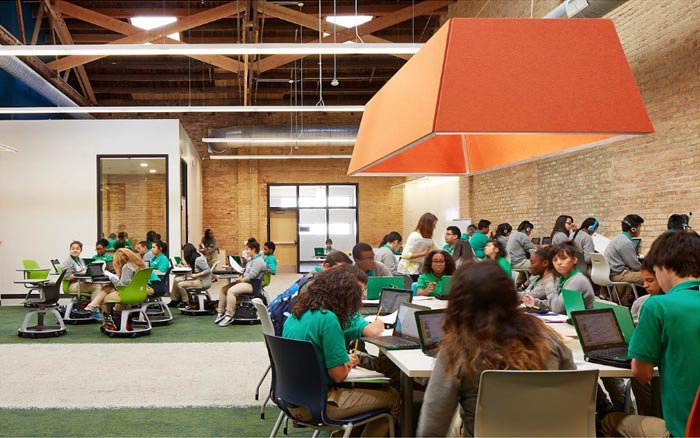
Self-Directed Learning Model from The Forest School (Grades PK-12)
The Forest School’s Self-Directed Learning model empowers learners to take ownership of their learning, supporting them to set meaningful goals, uphold community agreements, exercise their voice and choice in the learning process, and engage in real-world work.
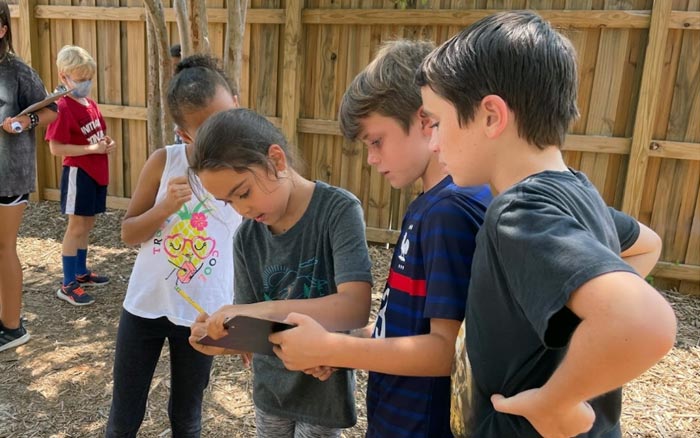
The Learning Challenge from GripTape (Ages 14-19)
The Learning Challenge invites young people ages 14 through 19 to tap into their interests and supports them in pursuit of a self-identified learning topic that is meaningful to them and their growth.
